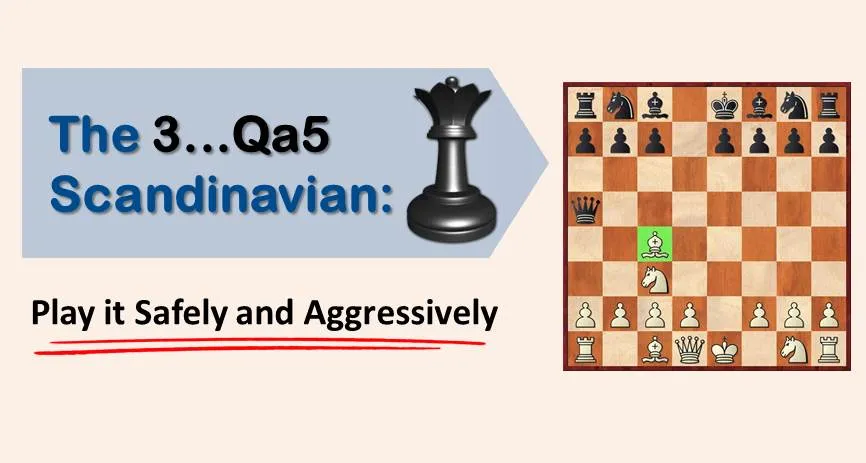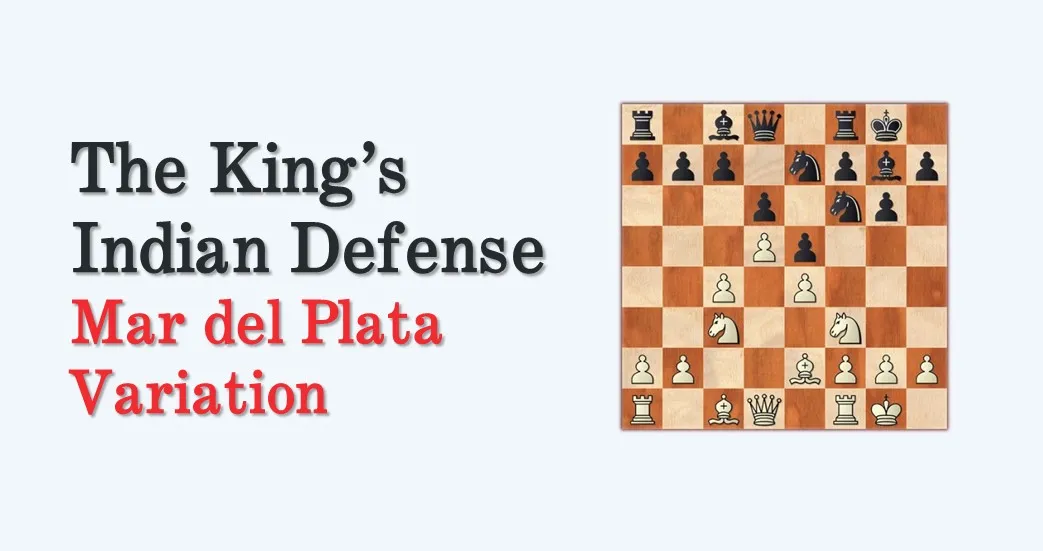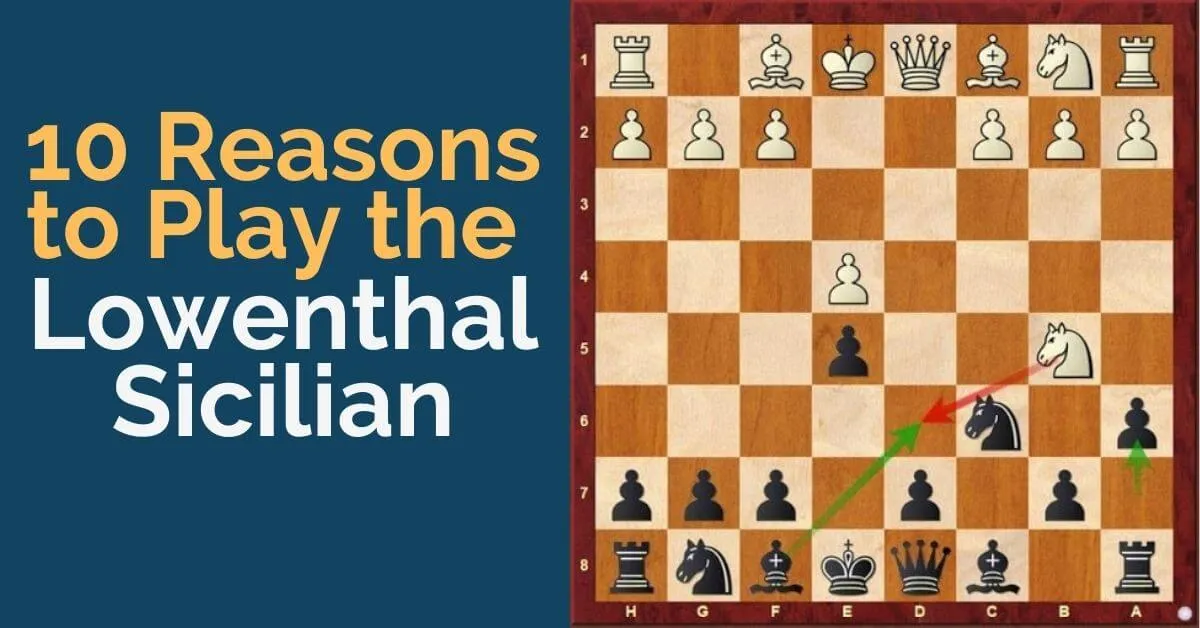The 3…Qa5 Scandinavian: Play it Safely and Aggressively

Scandinavian has always been an awkward defense to meet for every 1.e4 player. Not because it is especially dangerous for white, but because the mainlines in which white is meant to obtain a theoretical advantage are quite complicated and difficult to remember. Being a defense seldom seen in practice, it makes it even more difficult to try the current theory.
Scandinavian – Introduction
In this article, we are going to look into a practical solution to this problem that has worked very well in tournament games: the system with 4.Bc4!?
White’s idea is to develop easily with 5.d3 followed by 6.Bd2. There are several interesting elements that have made this system appealing enough to be played by strong Grandmasters, among which the most notable one is Nigel Short. However, the line was already popular a long time ago and we can find games played by the Cuban World Champion Jose Raul Capablanca. I suggest the reader search for his games in order to see the beginnings of this variation.
But let’s see what the main particularities of this system with white are:
- First of all, the pawn advances to d3 instead of d4. This gives a lot of stability to white’s position. It not only keeps the bishop on c4 safe but also controls the square e4 and considerably reduces the scope of black’s light squares bishop, normally developed to f5.
- Kingside pawn storm. Without any doubt, this is one of the white’s plans. An avalanche with g4 and f4 supported by the white queen on e2 is usually problematic for black.
- Fast development. One of the strong points of this variation is the flexibility that white has when it comes to choosing a plan. Another idea available is developing the kingside knight to e2 followed by a short castle and then f2-f4-f5. This rupture opens the F file and also the diagonal for the bishop on c4.
Scandinavian – Theory
There isn’t much theory established on this line. From my own experience in tournament practice, I can say that after 4.Bc4 the game is pretty much open and both players are on their own. White can try the same idea with several move orders. Meanwhile, black’s usual plan which is based on Nf6-c6-Bf5 does not look like the best option. Some players have decided to play with e6, keeping the bishop on c8. This treatment is far from perfect since white can still go d3-d4 and get into a sort of Rubinstein variation (French with 3…dxe4) with advantage.
Tip:
In order to fight blunders, find the right plan in complex positions and improve your positional and tactical vision we recommend you to sign up for our comprehensive training course. Hundreds of chess players already benefited from our training. Don’t wait, start winning chess games today.
Scandinavian – In the following examples we explain the main ideas for white:
Black applies the standard development with Bf5,c6, and Nf6. This allows white to expand on the kingside with h3-g4-f4. There are ideas with f4-5 and the black bishop on g6 is awkward.
Black plays with e6 keeping the bishop on c8. Even though this game turned out great for black, this approach cannot be recommended. White obtains an easy advantage by continuing his development and he can even castle queenside as in the following game.
White plays f4. This is an interesting idea. By playing f2-f4 early in the game white obtains some space on the kingside. The Brasilian GM Gilberto Milos, also a big expert on this variation has tried it successfully against the English GM Stuart Conquest.
Conclusion
In conclusion, we hope to have provided a practical weapon against the Scandinavian, easy to learn and dangerous enough to put difficult problems for your opponents. Good luck with it!
Want to know more about the Scandinavian? Look at The Complete Guide.
We also recommend reviewing Fried Liver Attack: The Complete Guide as well as Playing Against The Trompowsky: A Standard Response.
If you want to improve your chess level, you need to have a clear study plan. If you aim for a dramatic improvement at chess you need to work on all of the elements of the game in a systematic way:
- tactics
- positional play
- attacking skills
- endgame technique
- classical games analysis
- psychological preparation
- and much more
That seems to be like a lot of things, and that is. But no worries, we have made it easy for you. Our comprehensive training course covers it all and much more. Sign up for 21 Day Training right now!










Comments: